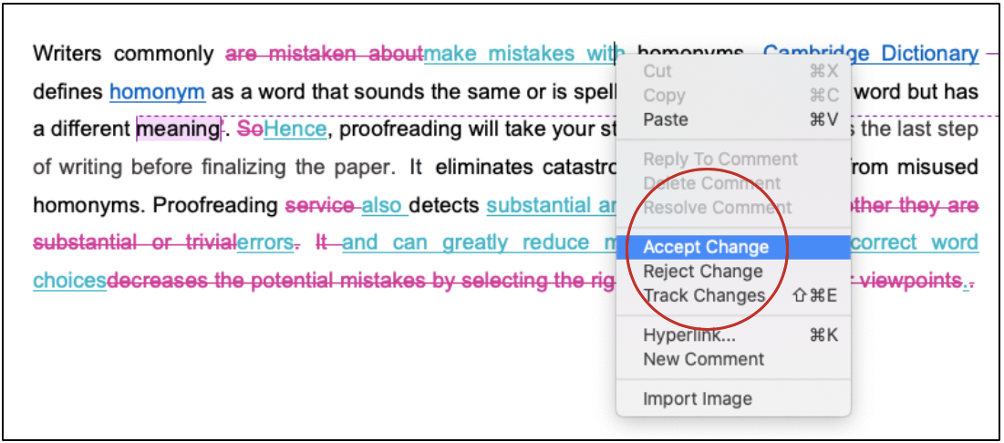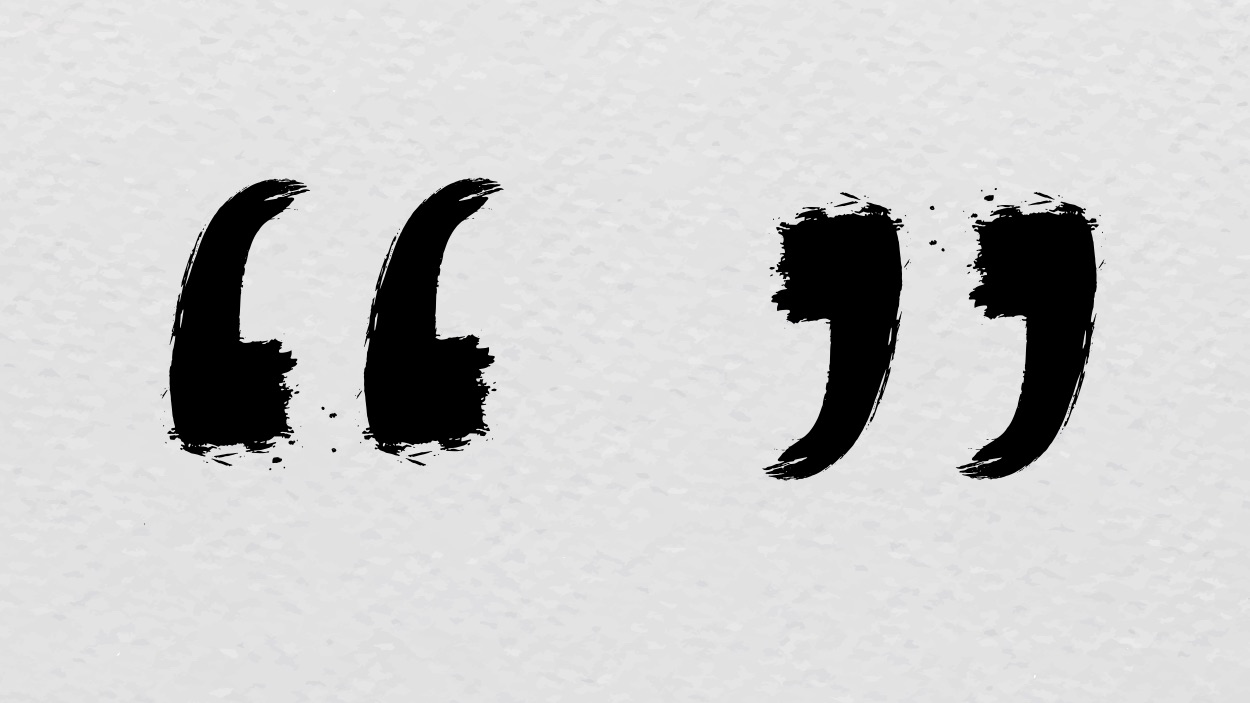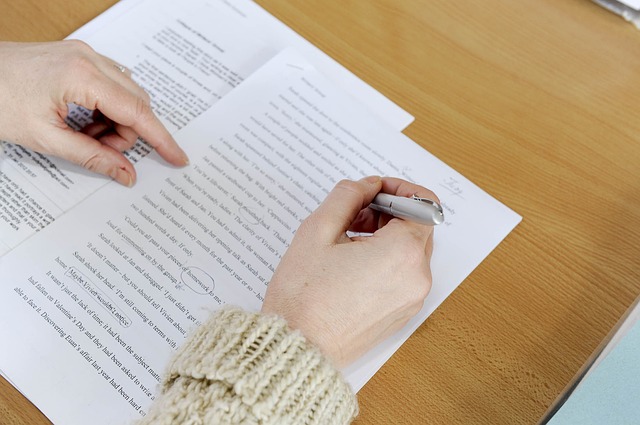An abstract, is an important part of an academic work and a synopsis of a longer study such as a dissertation or thesis. Its most critical aspect is precise reporting of the objectives and outcomes of your research. Thus, the readers can learn about your work by perusing your abstract.

An abstract, a synopsis of a longer study (such as a dissertation or thesis), is required. Its most critical aspect is precise reporting of the objectives and outcomes of your research. Thus, the readers can learn about your work by perusing your abstract. Even though you may have slightly varied structures depending on your discipline, your abstract should cover the purpose of your study, the methods employed, and the conclusions drawn. An ideal abstract should contain Introduction, Methods, Results, and Discussion.
Abstracts can comprise words in the range of 100–300. Primarily, a strict word limit is imposed. Hence, you must check to ensure you do not exceed the relevant requirements.
Its usual place in a dissertation or thesis is after the title page and acknowledgments just before the table of contents.
You must write an abstract on the following occasions: when finishing your thesis and dissertation, sending a research paper to a meeting or academic journal, penning a book proposal, and applying for research grants.
You must write your abstract last as it epitomizes the study you have already completed. Therefore, your abstract should be self-explanatory and reflect the structure of your research.
Editing and proofreading your abstract is critical. A professional editing and proofreading service with trained and experienced experts with Ph.D. in their fields will edit your thesis or dissertation abstract without prejudice. Their suggestions will make the abstract more legible and practical.
Let us have a look at the parts you should discuss in your thesis or dissertation abstract.
It would be best if you began by defining your research objective. You must address the issues such as what kind of down-to-earth and practical problems your research explores and what was your research question? A short social or academic introduction of your subject is fine but do not give unnecessary details. Should you have to use specialized terms with varied meanings, you had better define them concisely. After specifying the problem, disclose your research objective in precise words. I would recommend that you use words such as “test,” “analyze,” “explore,” “examine,” “assess,” or “evaluate” to define what you embarked on doing.
You must use present or past simple in this part. Be careful! You cannot use future tense because your research is already complete.
You must indicate the research methods utilized to address your research question. This part should concisely cover your research in a sentence or two. Usually, researchers prefer past simple tense because methods refer to completed acts. Try to avoid validity or obstacle assessment as you should give readers rapid insight into your research and methodologies.
You must epitomize your primary research results in this part. It must be in the present or simple past tense. Please try to avoid the present perfect tense as this tense relates to the present and past simultaneously. You may be unable to cover all your results here due to word limitations. Therefore, try to be concise and present what is most significant.
Ultimately, it would help if you discussed your primary findings. This part should be in the present simple tense. The readers learn your answer to the research problem or question you have posted in this part. They should precisely understand the essential points that your study has discussed or proved. They must be in this part if you feel that crucial limitations to your research, such as limited sample size or not full-fledged methods, exist. Thus, the reader can precisely assess the credibility and universality of your study. Your objective may include solving a down-to-earth problem. Then, your discussion should cover recommendations for implementation. If you find it helpful, brief suggestions for further research will be appropriate.
This article summarizes what your thesis or dissertation abstract should and should not cover. Keep in mind that editing and proofreading services can do fine-tuning your abstract.
Editing and proofreading your dissertation is exceedingly crucial. A professional editing and proofreading service has trained, experienced experts with PhD in their fields and will edit your work without prejudice. Their suggestions will make the dissertation or thesis more legible and practical. Another set of eyes can check your dissertation much better than you as they can readily find mistakes or areas that need fine-tuning. In academic writing, editing and proofreading ensure the credibility of the content. Many mistakes concerning grammar, punctuation, syntax, sentence construction and other minor errors are amended. An expert who will amend such mistakes will save time and ensure consistency and error-free writing for your thesis or dissertation.
How to Structure a Dissertation: A Brief Guide
Dissertation Submission Checklist: 5 Important Tips
How to Layout and Format a Dissertation: 10 Tips
How to Choose a Dissertation Editor in 3 Steps
A Step-by-Step Guide on Writing and Structuring Your Dissertation
Best Edit & Proof expert editors and proofreaders focus on offering papers with proper tone, content, and style of academic writing, and also provide an upscale editing and proofreading service for you. If you consider our pieces of advice, you will witness a notable increase in the chance for your research manuscript to be accepted by the publishers. We work together as an academic writing style guide by bestowing subject-area editing and proofreading around several categorized writing styles. With the group of our expert editors, you will always find us all set to help you identify the tone and style that your manuscript needs to get a nod from the publishers.

You can also avail of our assistance if you are looking for editors who can format your manuscript, or just check on the particular styles for the formatting task as per the guidelines provided to you, e.g., APA, MLA, or Chicago/Turabian styles. Best Edit & Proof editors and proofreaders provide all sorts of academic writing help, including editing and proofreading services, using our user-friendly website, and a streamlined ordering process.
Visit our order page if you want our subject-area editors or language experts to work on your manuscript to improve its tone and style and give it a perfect academic tone and style through proper editing and proofreading. The process of submitting a paper is very easy and quick. Click here to find out how it works.
Our pricing is based on the type of service you avail of here, be it editing or proofreading. We charge on the basis of the word count of your manuscript that you submit for editing and proofreading and the turnaround time it takes to get it done. If you want to get an instant price quote for your project, copy and paste your document or enter your word count into our pricing calculator.
Contact us to get support with academic editing and proofreading. We have a 24/7 active live chat mode to offer you direct support along with qualified editors to refine and furbish your manuscript.
Follow us on Twitter, LinkedIn, Facebook, Instagram, and Medium.
For more posts, click here.
This article explains how to write an impeccable for your dissertation or thesis. To give you an opportunity to practice proofreading, we have left a few spelling, punctuation, or grammatical errors in the text. See if you can spot them! If you spot the errors correctly, you will be entitled to a 10% discount.
How to Determine Variability in a Dataset
14.10.2023
How to Determine Central Tendency
19.02.2023
How to Specify Study Variables in Research Papers?
14.01.2023
Population vs Sample | Sampling Methods for a Dissertation
14.01.2023
7 Issues to Avoid That may Dent the Quality of Thesis Writing
18.12.2022
How to Ensure the Quality of Academic Writing in a Thesis and Dissertation?
04.12.2022
How to Define Population and Sample in a Dissertation?
03.12.2022

Some students find it difficult to understand and write error-free coursework papers. So, it requires pouring multiple skills, attention, and energy to frame impressive coursework. Here we present few such tips for flawless coursework.
Continue Reading
What is academic writing? In simplest words, academic writing is a style of writing used in the academic field and adopted by academic institutions or scholarly publications. You might encounter academic writing in peer-review journals, books, articles, and you are expected to write your manuscripts, dissertations, essays, or thesis in the academic style. Academics and students use this style to convey complex ideas and theories clearly and precisely to their readers. Therefore, as a student, especially for the ones getting higher education, it is needed for you to learn this way of writing and adopt it.
Continue Reading
One of the main things that any editor or proofreader looks out for while editing a piece of text is punctuation marks. The reason is simple — they can alter the meaning of your text if you do not use them correctly. It becomes even more prominent when you are writing an academic paper. In academic writing, an author may be easily misunderstood when ambiguous sentences are used. Punctuation marks mainly serve the purpose to disambiguate sentences. While literary or other types of writing will have a certain degree of freedom for using punctuation marks, academic work needs to be precise and correct. This article will cover the importance of punctuation marks in academic writing.
Continue Reading
It is not uncommon for individuals, academic and nonacademic to use “thesis” and “research paper” interchangeably. However, while the thesis vs. research paper puzzle might seem amusing to some, for graduate, postgraduate and doctoral students, knowing the differences between the two is crucial. Not only does a clear demarcation of the two terms help you acquire a precise approach toward writing each of them, but it also helps you keep in mind the subtle nuances that go into creating the two documents. This brief guide discusses the main difference between a thesis and a research paper.
Continue Reading
The corpus research suggests that the most often used tenses in academic writing are the simple present, the simple past, and the present perfect. Then, what comes next is the future tense.
Continue Reading